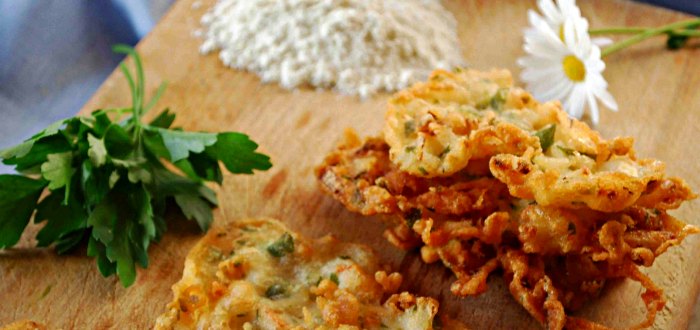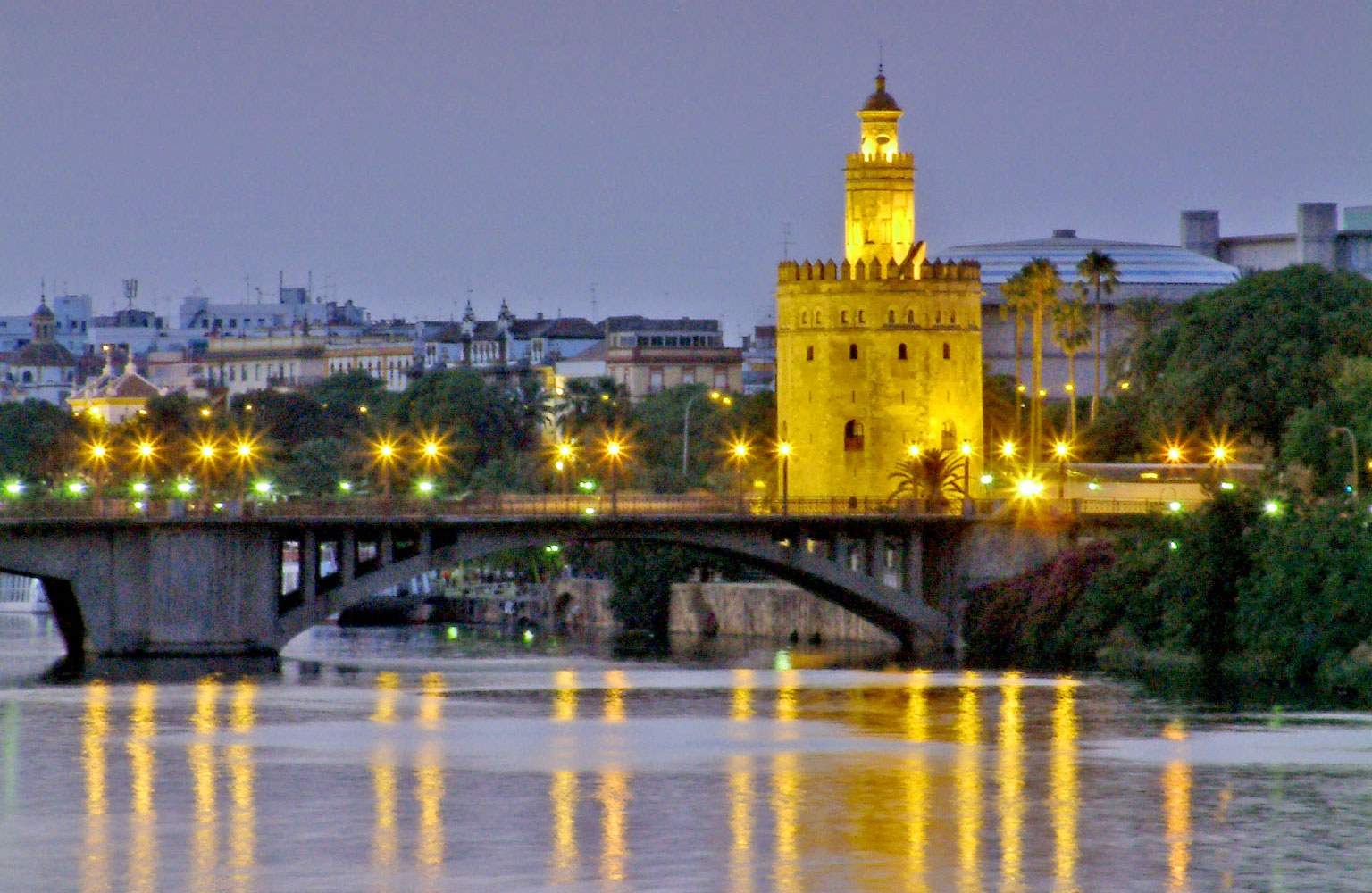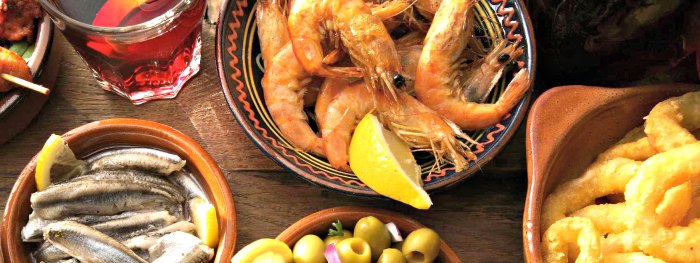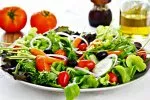Crisp Shrimp Fritters
I have eaten these crisp, delicious shrimp fritters only in Andalusia, where deep-frying reigns supreme. They are at their best when made with chickpea flour, but regular flour is just OK. For the best results, fry only a few fritters at a time so that the oil temperature doesn't drop, as a constant high temperature keeps the tortillitas from absorbing excess oil.

Even though the shrimp are minced, I recommend using small shrimp, which are more tender than large ones. And if you were shopping in Andalusia or in the Canary Islands, you would ask for camarones, just as you would in most of Central of South America, whereas everywhere else in Spain, you would ask for gambas.
- Serves 6
Ingredients
- 1/2 pound small shrimp, peeled
- 1 1/2 cups chickpea flour or regular flour
- 1 tablespoon chopped fresh flat leaf parsley
- 3 scallions, white part and a little of the tender green tops, finely chopped
- 1/2 teaspoon sweet pimenton
- Salt
- Extra Virgin Spanish Olive Oil for deep-frying
Preparation
In a saucepan, combine the shrimp with water to cover and bring to a boil over high heat. As soon as the water starts to boil, quickly lift out the shrimp with a slotted spoon and set aside. Scoop out 1 cup of the cooking water and let cool. Discard the remaining water. When the shrimp are cool, cover and refrigerate until needed.
To make the batter, combine the flour, parsley, scallions and pimentón in a bowl or a food processor. Add a pinch of salt and the cooled cooking water. Mix or process well until you obtain a texture slightly thicker than a pancake batter. Cover and refrigerate for 1 hour.
Remove the shrimp from the refrigerator and mince finely. The pieces should be the size of coffee grounds. Remove the batter from the refrigerator, add the shrimp, and mix well.
Pour the olive oil to a depth of about 1 inch into a heavy sauté pan and heat over high heat until it is almost smoking. Add 1 tablespoon of the batter to the oil for each fritter and, using the back of the spoon, immediately flatten the batter into a round 3 1/2 inches in diameter. Do not crowd the pan.
Fry, turning once, for about 1 minute on each side, or until the fritters are golden and very crisp with what Spanish cooks call puntillas, or lacelike formations, on the borders.
Using a slotted spoon, lift out the fritters, holding them briefly over the pan to allow the excess oil to drain, and transfer to an ovenproof platter lined with paper towels to drain further.
Keep the fritters warm in a low oven. Fry the rest of the batter in the same way, always making sure the oil is very hot before frying more fritters.
When all the fritters are fried, arrange them on a platter and serve immediately.
You may be also interested in...
See also...
Andalusia recipes: The Romans taught the Andalusians how to cultivate wheat and vines and used the fish from the seas to produce the best "garum" in the empire. The Arabs taught the Andalusians how to grow fruit and vegetables. They used irrigation systems and improved the cultivation of olive trees and the production of oil. Furthermore, the Greeks, Phoenicians, Carthaginians and Visigoths left their mark on the art, science, culture and gastronomy of Andalusia.
Tapas are Spain's greatest food invention. "Eat when you drink, drink when you eat" is the philosophy. Spanish men traditionally drink outside the home and rarely alone. They are not meant to be a meal (although a ración is a substantial portion). One tapa per person and a different one with each drink is the idea, then everyone enjoys tasting and sharing.





